The Apple Detective
Why Your Supermarket Only Sells 5 Kinds of Apples
In the mid-1800s, there were thousands of unique varieties of apples in the United States, some of the most astounding diversity ever developed in a food crop. Then industrial agriculture crushed that world. The apple industry settled on a handful of varieties to promote worldwide, and the rest were forgotten. They became commercially extinct—but not quite biologically extinct.
Even when abandoned, an apple tree can live more than 200 years, and, like the Giving Tree in Shel Silverstein’s book, it will wait patiently for the boy to return. There is a bent old Black Oxford tree in Hallowell, Maine, that is approximately two centuries old and still gives a crop of midnight-purple apples each fall. In places like northern New England, the Appalachian Mountains, and Johnny Appleseed’s beloved Ohio River Valley—agricultural byways that have escaped the bulldozer—these centenarians hang on, flickering on the edge of existence, their identity often a mystery to the present homeowners. And John Bunker is determined to save as many as he can before they, and he, are gone.
Bunk called this period the Great American Agricultural Revolution. “When this all happened, there was no USDA, no land grant colleges, no pomological societies,” he says. “This was just grassroots. Farmers being breeders.” As farms industrialized, though, orchards got bigger and bigger. State agricultural extension services encouraged orchardists to focus on the handful of varieties that produced big crops of shiny red fruit that could withstand extensive shipping, often at the expense of flavor. Today, thousands of unique apples have been lost, while a mere handful dominate the market.
When Bunk lays out his dazzling apple displays, it’s a reminder that our sense of the apple has increasingly narrowed, that we are asking less and less from this most versatile of fruits—and that we are running out of time to change course. Exhibit A: The Harrison apple, the pride of Newark, New Jersey, renowned in the early 1800s for making a golden, champagne-like cider that just might have been the finest in the world. But the Harrison, like most of the high-tannin varieties that make good hard cider, disappeared after Prohibition. (The recent hard-cider revival has been making do largely with apples designed for fresh eating, which make boring cider.) But in 1976 one of Bunk’s fellow apple detectives found a single old Harrison tree on the grounds of a defunct cider mill in Livingston, New Jersey, grafted it, and now a new generation of Harrison trees is just beginning to bear fruit. It’s as if a storied wine grape called pinot noir had just been rediscovered.
Also, I’m reading The Botany of Desire: A Plant’s-Eye View of the World, which has a chapter about apples and John Chapman. Interesting stuff. I’m feeling fits of botany coming on. I picked up Botany in a Day
at the library and am having a grand old time.

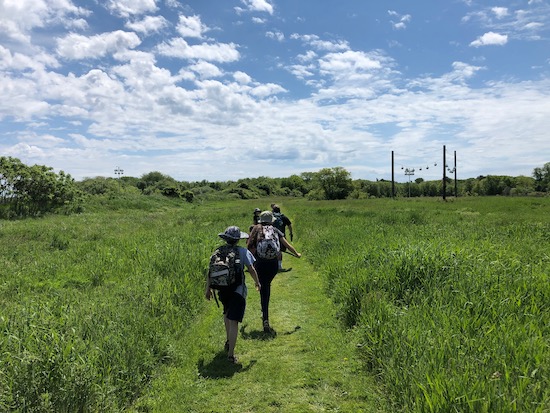
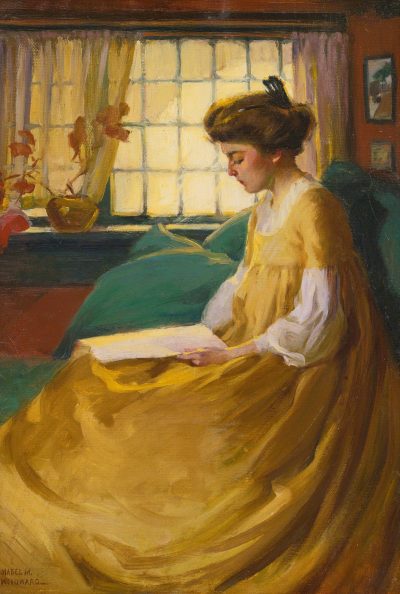
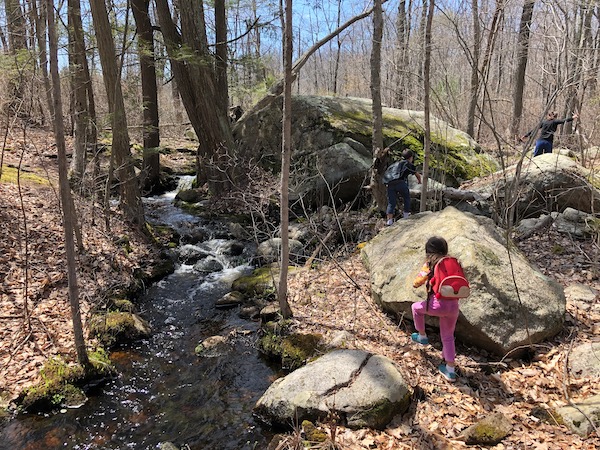
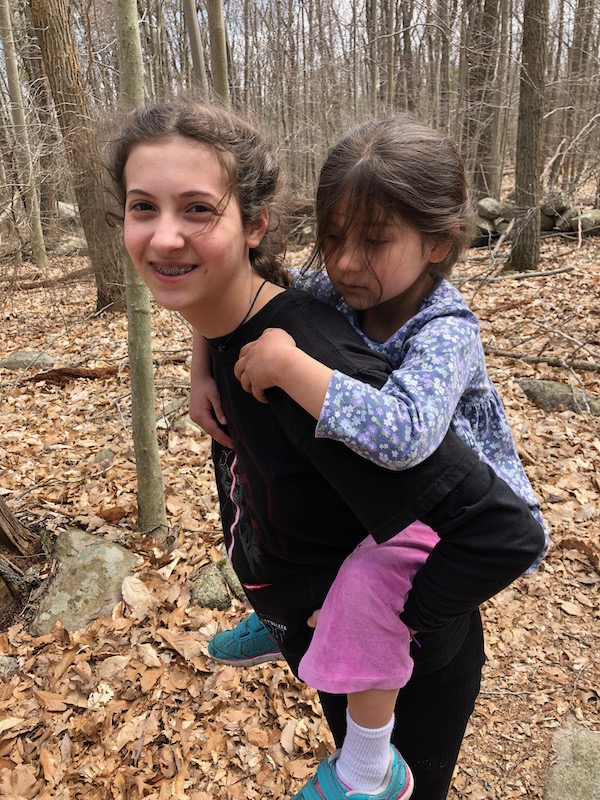
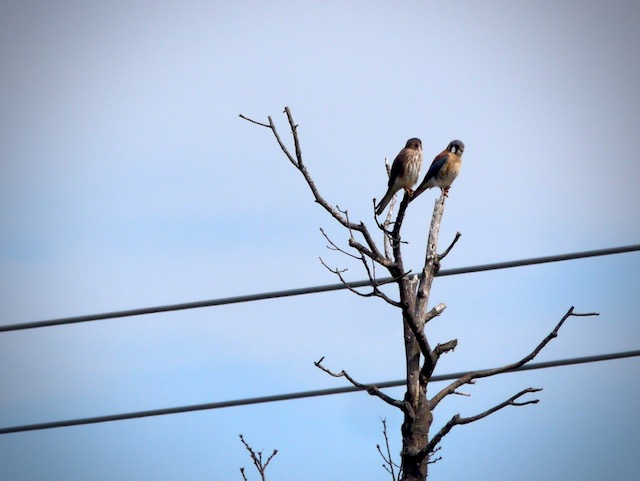

Interesting. It would seem to me another strike against the word is how many sweet tasting things there are now. I mean, confections, desserts, treats or even just sugar in all sorts of dishes mean there is a lot more sweetness now than say 200 years ago when you bought a bag of it and used it very carefully. It wouldn’t be as special if it is almost everywhere.
+JMJ+
The first time I read about the revolt against the idea of sweetness, it was in one of G.K. Chesterton’s essays. If I remember correctly, he said that you’d never get more men to be devoted to Mary if you kept describing Marian devotion as “sweet.”
He remembered one quotation which I’m surprised Michael Pollan did not. The ancient sentiment of how “dulce et decorum” it is to die for one’s country!
I thought of this this morning when I bit into a decidedly disappointing apple – bland, watery, but what did I expect eating an apple in Tennessee in July? In addition to so much cheap sugar (we were assigned Sidney Mintz’s history of sugar, <I>Sweetness and Power<I>, in grad school – interesting stuff), we also have access to so many more bad apples, out of season, bred to travel well rather than taste good. Choking down that apple this morning while thinking back to the taste of apples picked right from a tree in upstate NY in September really brought home Pollan’s insight.
Sara, That sounds like another interesting book.
The first time I went apple picking after moving to Massachusetts and I bit into a honeycrisp off the tree, hot from the sun, juice dripping down my chin, I realized I’d never properly tasted an apple.
On the other hand, we do now have more access to better apples because there is more interest in finding better varieties. When I was a kid in Texas the grocery stores only carried three types: red delicious, golden delicious, and granny smith apples. Maybe, occasionally, a mcintosh? Now in Austin I can find so many more varieties. Yes, it’s still sadly limited, but I do have to acknowledge that it’s better than it was. I can find some pretty tasty apples in winter in the grocery store and am not stuck eating red delicious. That is an improvement.
Katherine, I think that’s what he’s getting at with “the advent of cheap sugar.” If sugar is cheap and readily available, then it can be added to all sorts of things and sweetness is no longer rare. Now with HFCS it’s even cheaper and more readily available.
Enbrethiliel, dulce et decorum occurred to me as well. I’m wondering if Pollan left it out because it might detract from his main point, which is after all not the etymology of sweetness but how much less we now appreciate apple?
I think peaches provide an even better example. A peach from a grocery store 90% of the year isnt even the same thing as one picked fresh and ripe in season.